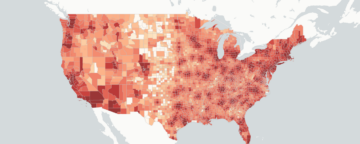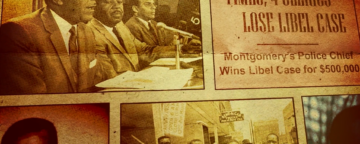Despite the popularity of the Internet during this campaign season, television remains the top source among all age groups for obtaining information about the 2008 presidential campaign, according to data released today by the National Annenberg Election Survey of the University of Pennsylvania.
Most adults (89%) say they get information about the presidential race from broadcast or cable television. The numbers are similar regardless of age and education levels for broadcast and cable as a source of information.
Among all adults in the United States, more than two out of five (42%) say they have seen or heard presidential campaign information on the Internet in the week prior to being interviewed. The sources of that online information include Internet services, such as MSN.com, Yahoo.com and AOL.com, as well as online editions of newspapers, such as NYTimes.com, and broadcast outlets, such as CNN.com, FoxNews.com and MSNBC.com. (For additional information on sources, see Table 5.)
Data for this study were collected between January 11 and March 18, 2008 among 15,923 adults in the United States. The margin of sampling error was plus or minus 0.8 percentage points for the sample overall. For subsamples within the study, the margins of sample error are larger, depending on the sample sizes of the groups being analyzed.
“In 2008, the Internet has become an integral part of the campaign,” said Ken Winneg, managing director of the National Annenberg Election Survey. “Prior to 2004, many of the activities associated with participation – such as discussing politics, persuading other people to support a candidate, watching political advertising and learning about the candidates – predominantly occurred offline. Now these activities can be done online.”


